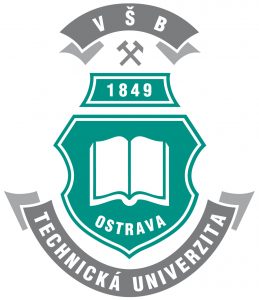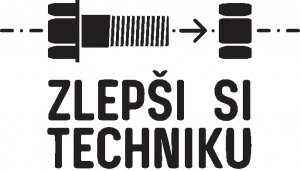 Projects
Projects
We would all like to have delicious, clean and especially safe water running from the tap. Wastewater treatment plants can deal with common foreign substances, but cleaning technology is often ineffective for the treatment of a large volume of water with very low concentrations of metals. For example, chromium with oxidation number six, which gets into wastewater from industrial production has adverse effect on the human body even in a small quantity, and it is regarded as a carcinogen.
Fortunately, scientists are constantly coming up with new ideas on how to solve this problem.
In university labs, they are studying the possibility of using cost-efficient method of biosorption. They find such plant materials or waste materials, which would be able to remove contaminants without having an adverse effect on the water. So far, they have explored a variety of common and cheap waste materials of natural origin, e.g. a mixture of Scots pine and Norway spruce cones, a wood-destroying fungus, seeds of peaches and apricots, walnut shells, orange peel, or sheep wool Merino. In the laboratory, the best results were achieved with wood-destroying fungus polypore and the mixture of cones, which are currently being tested for possible use in practice.
The university team has been dealing with the issue of the removal of hexavalent chromium and other pollutants from water for over 7 years. Based on the results of scientific studies, the most suitable selected biosorbent is tested in the laboratory or pilot plant conditions, which simulate the operation of the wastewater treatment plant. Currently, many scientific disciplines and workplaces focus on economical use of water, its protection and treatment. Their goal is to find an efficient, simple and cheap methods that may be applicable in the industry and ultimately benefit us all.
The Institute of Environmental Engineering (IEI) of the Faculty of Mining and Geology, VŠB-TUO




